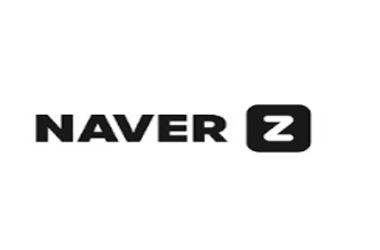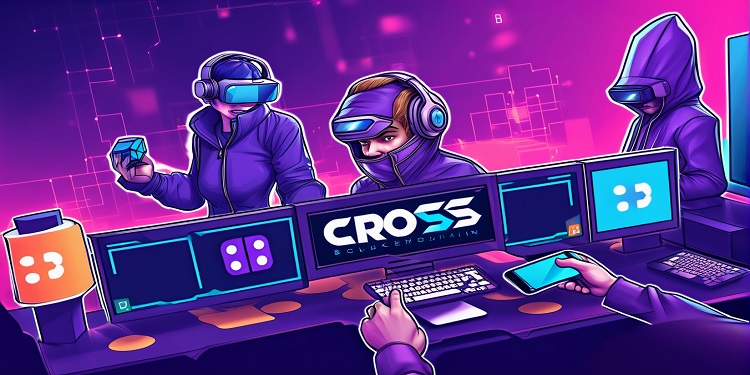 Venturing into Spatial Computing to Expand Zepeto’s Horizon
Venturing into Spatial Computing to Expand Zepeto’s Horizon
Naver Z, the metaverse arm of South Korean internet giant Naver, is gearing up to launch a version of its highly successful Zepeto on Apple’s forthcoming Vision Pro device, embracing the spatial computing concept championed by the US tech giant.
Strategic Plans Unveiled
According to Lee Seung-won, Naver Z’s director of developer relations, the company is preparing to unveil a distinctive offering with the launch of Apple’s Vision Pro device early next year. This strategic move aligns with Apple’s vision of spatial computing, marking a significant development for Zepeto, a frontrunner in the realm of 3D avatar social gaming and interaction.
Positioning for Future Success
Zepeto, renowned for its vibrant growth and self-sufficiency, has positioned itself advantageously for the transition to spatial computing, even though its current success does not hinge on virtual reality technology. Lee emphasized that the platform’s adaptability and resilience position it well for this next phase, acknowledging that the term “spatial computing” was not prevalent in their lexicon before Apple’s Vision Pro announcement in June.
Apple’s Vision Pro and Spatial Computing
Apple’s Vision Pro, introduced as a spatial computing device, seamlessly blends digital content with the physical world. The device provides a canvas for apps that can be controlled through eye, hand, and voice input, making it a pivotal player in Apple’s foray into the evolving landscape of spatial computing.
Zepeto’s Unique Metaverse Position
Zepeto, often cited as a successful example of the metaverse concept alongside platforms like Roblox, distinguishes itself by not strictly confining to traditional metaverse or gaming definitions. Instead, it strives to offer a dynamic virtual space for users to interact, create, and express themselves through 3D avatars.
Thriving in Versatility
Lee highlighted Zepeto’s adaptability as a versatile space that evolves with its user base, currently exceeding 400 million users, primarily from Gen Z and Gen Alpha. Beyond gaming, Zepeto fosters a vibrant creator economy through Zepeto Studio, allowing users to design, create, and sell virtual items such as fashion goods.
Economic Model and Creator Success Stories
Zepeto’s economic model supports its creators lucratively, with influencers like Monica Ruiz and Renji achieving notable earnings through item sales on the platform. Zepeto Lee Se-hyun, Naver Z’s developer relations manager, revealed that creators have sold and earned over 1.6 billion virtual fashion items. The platform’s virtual currency, gems, facilitates the conversion of digital earnings into real money for creators.
Continued Interest in the Metaverse
Despite reports of declining interest in the metaverse, South Korean companies, including Crafton and Com2uS, continue to invest in this domain. Crafton’s collaboration with Naver Z on the Migaloo metaverse project and Com2uS’s development of an all-in-one metaverse service in partnership with Naver Z, both set to launch by the year-end, underscore the ongoing commitment to metaverse exploration.
Content Creation Driving Economic Ecosystem
Lee Se-hyun emphasized the pivotal role of content creation in Zepeto’s economic ecosystem, stating that a sustainable metaverse platform thrives through proactive user engagement, content generation, and the establishment of an independent economy. This perspective underscores Zepeto’s commitment to fostering an environment that enables growth and sustains user engagement in the evolving metaverse landscape.








